Food Waste
Food waste is one of the biggest waste streams in Singapore and the amount of food waste generated has grown by around 20% over the last 10 years. In 2019, Singapore generated around 744 million kg of food waste. That is equivalent to 2 bowls of rice per person per day, or around 51,000 double decker buses.
| Why is this a problem? | What is the government doing? | What can you do as an individual? | What can you do as a business? | What are others doing? |
Why is this a problem?
Food waste makes up about half of the average 1.5kg of waste disposed of by each household in Singapore daily. Of which, more than half of household food waste can be prevented, with rice, noodles and bread being the most commonly wasted food items.
What is avoidable food waste?
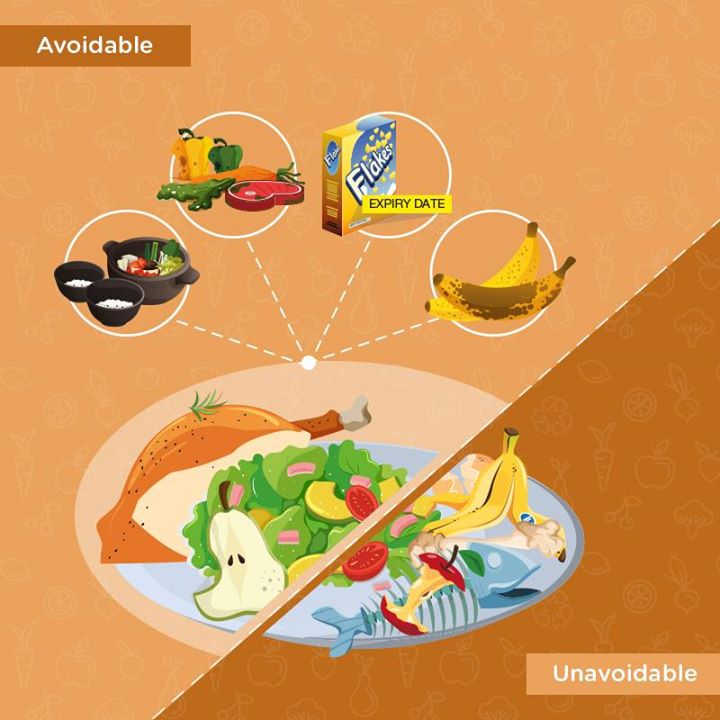
Avoidable food waste refers to food items that could have been consumed if better managed. Examples of avoidable food waste are leftovers from a meal, expired food, stale food, and blemished fruits and vegetables. Avoidable food waste can be prevented by taking food wastage reduction actions such as buying, ordering and cooking only what is needed and adopting smart food storage and preparation practices.
Conversely, unavoidable food waste are parts/portions of food which were not intended for consumption, such as bones and egg shells.
What happens when you waste food?
When food is wasted, more food has to be sourced to meet the food demand and this affects our food security since Singapore imports over 90% of our food supply.
An increasing amount of food waste puts pressure on our resources. We will need to build more waste disposal facilities, such as waste-to-energy plants and landfills for incineration ash. This is not sustainable for land-scarce Singapore.
When food is wasted, so are all of the resources used to grow and deliver the food to our tables, as well as to dispose of it. This increases our carbon footprint, contributing to global warming and climate change.
To conserve precious resources, there is a need to minimise food wastage and recycle or treat unavoidable food waste. This starts with avoiding food wastage and excess food production. Where this is not possible, excess food should be re-distributed. Lastly, food waste should be segregated for recycling and treatment.
What is the government doing?
Minimising food wastage
-
Ongoing food waste reduction publicity and outreach programme to increase awareness of the food waste situation in Singapore, as well as to encourage consumers to adopt smart food purchase, storage and preparation habits that can help them to minimise food wastage. More than 400 Food Waste Reduction Ambassadors have also been trained to help spread the word on food waste reduction with their communities, families and friends.
-
Developed Food Waste Minimisation Guidebooks for Food Retail Establishments/ Food Manufacturing Establishments/ Supermarkets to further reduce food waste across the supply chain. The guidebooks provide a step-by-step guide and case studies to help such establishments develop a food waste minimisation plan tailored to their needs.
-
Ongoing Love Your Food @ Schools project at 10 schools to encourage students and staff to reduce the amount of food waste they generate and to garner the participation of students, staff and canteen stall holders to segregate their food waste for treatment using on-site food waste digesters.
Developing novel solutions to treat food waste
-
Launched a pilot project to test the feasibility of using on-site systems to treat food waste at hawker centre. Based on the results from the pilot at Block 628 Ang Mo Kio Ave 4 Market and Food Centre, NEA has established that it is viable to use on-site systems to treat food waste at hawker centres if there is sufficient scale and active participation of the stall-holders to segregate the food waste. On-site food waste treatment systems have been implemented in seven hawker centres, and the insights gathered from the pilot are used to identify more hawker centres and markets for the implementation of food waste treatment options such as at Kampung Admiralty and Yishun Park hawker centres.
-
Supported 24 premises, including hotels, malls and educational institutions, to install on-site food waste treatment systems under NEA’s 3R Fund.
-
Conducted demonstration project to co-digest food waste and used water sludge. Results from a trial project have shown that the process can triple biogas yield, compared to the treatment of used water sludge alone.
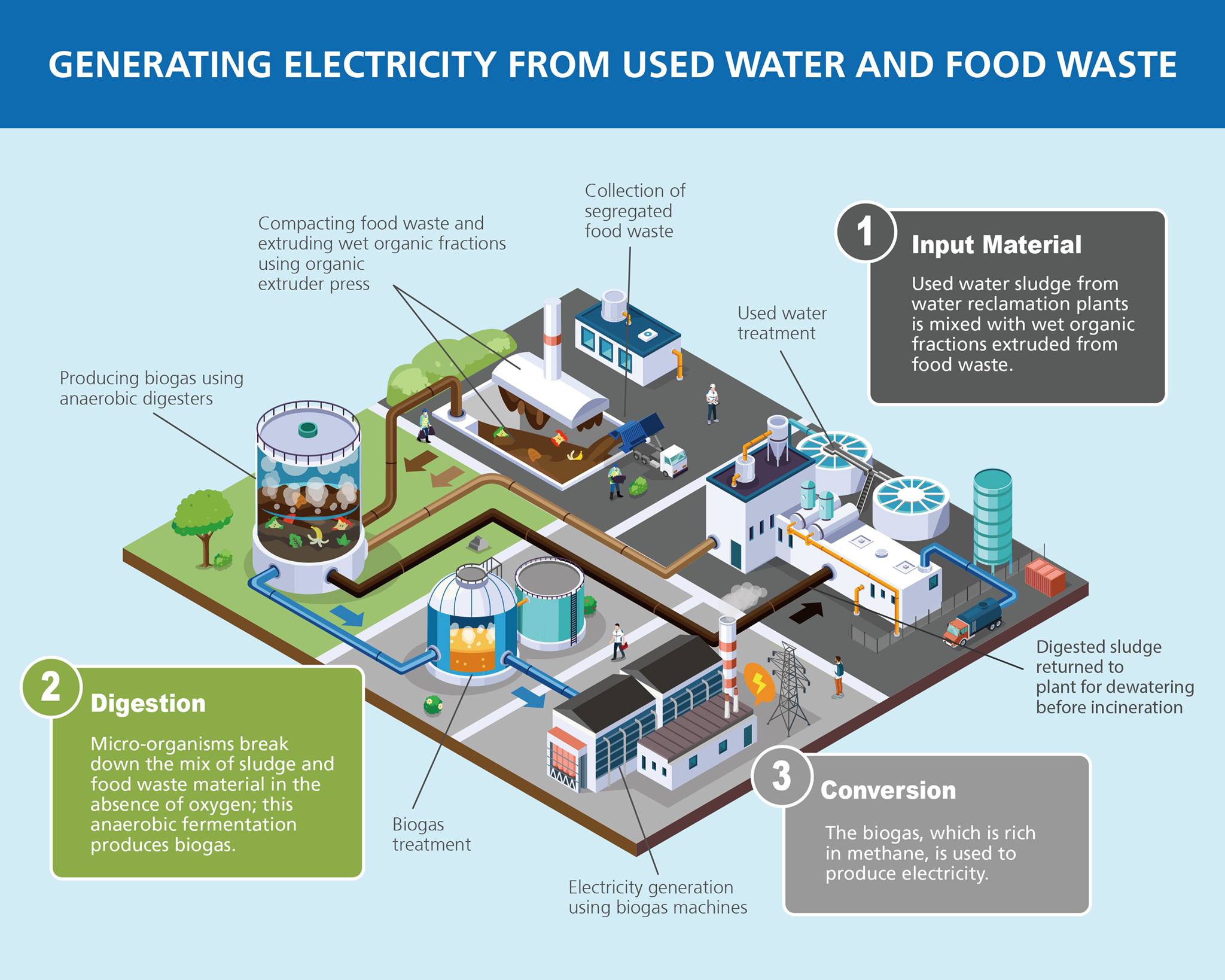
- Conducted a “Food Waste, Don’t Waste!” pilot at Tampines Greenlace HDB estate, where residents segregated their food waste and disposed of it in dedicated food waste bins on the ground floor. The food waste was then recycled at Our Tampines Hub to produce fertiliser and non-potable water.
Building up local R&D capabilities
- Looking into research & development (R&D) opportunities and considering developing pilot plants to test-bed innovative ways to recycle food waste. For example, NEA is working with the Singapore Food Agency (SFA) to encourage food manufacturers to carry out R&D and test-bed innovative solutions such as converting soya bean waste into useful products in our food chain. Through this and other projects, NEA hopes to build up local R&D capabilities and develop novel solutions in the management of food waste.
Legislation
From 2024, large commercial and industrial food waste generators will be required to segregate their food waste for treatment. Such premises include large hotels and malls, and large industrial developments housing food manufacturers, food caterers and food storage warehouses.
MEWR/NEA will work with the public sector to take the lead in segregating food waste for treatment in large public sector buildings where a significant amount of food waste is generated, from 2021 onwards.
From 2021, developers of new developments which are expected to be large food waste generators will be required to allocate and set aside space for on-site food waste treatment in their design plans. They will also be required to implement on-site food waste treatment from 2024.
What can you do as an individual?
Here are 3 simple tips to minimise food wastage.
1. Buy, order and cook only what you can finish
When eating out, order only what you can finish. Ask for less rice/noodles if you can’t finish them and say ‘No’ to side dishes you won’t eat.

24% of households often threw away spoilt or rotten food because they either bought too much food or did not realise that they had food hidden at the back of their fridge.
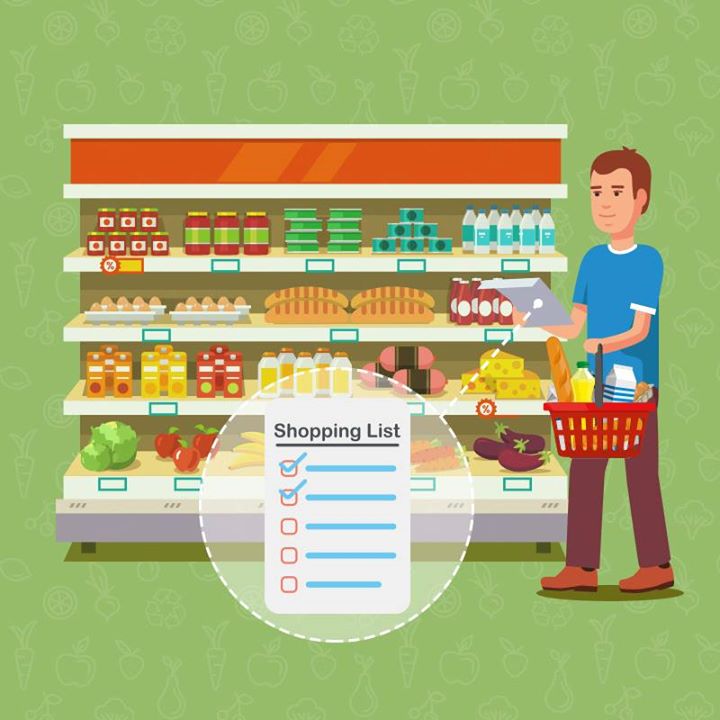
Before going grocery shopping, make a shopping list of things you need so you won’t overbuy. Don’t forget to check your fridge and cabinet so you don’t end up buying things you already have. Not only will this minimise food waste, you won’t overspend too.

Find out who’s coming home for dinner and plan how much food to cook accordingly. If you plan on cooking a variety of dishes for your family, downsize the portions to avoid wasting food.
2. Turn leftovers into new dishes
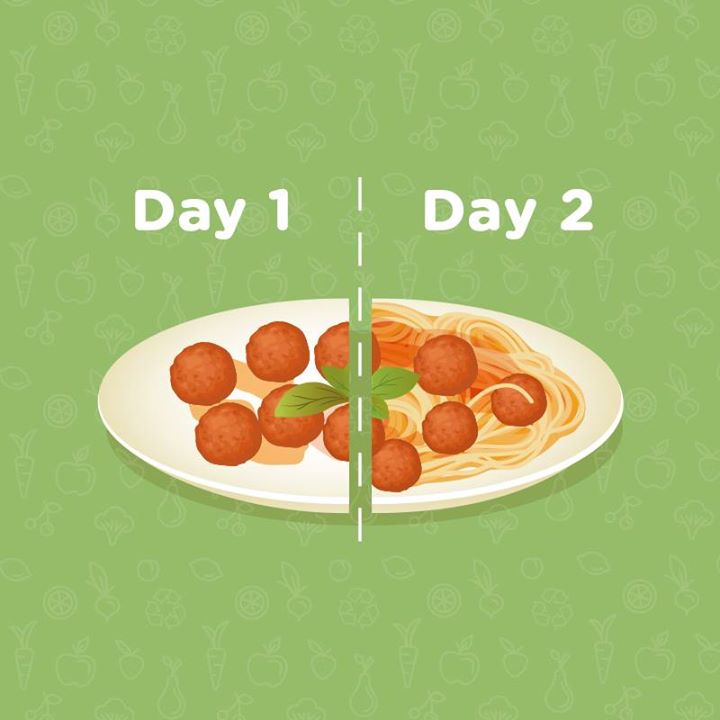
Instead of throwing away your leftovers, turn them into tasty new dishes. Learn how to cook up a storm using common leftover ingredients with recipes for bread pudding pancake, spicy ribs udon, Hawaiian chicken swirls and more!
3. Donate your excess food
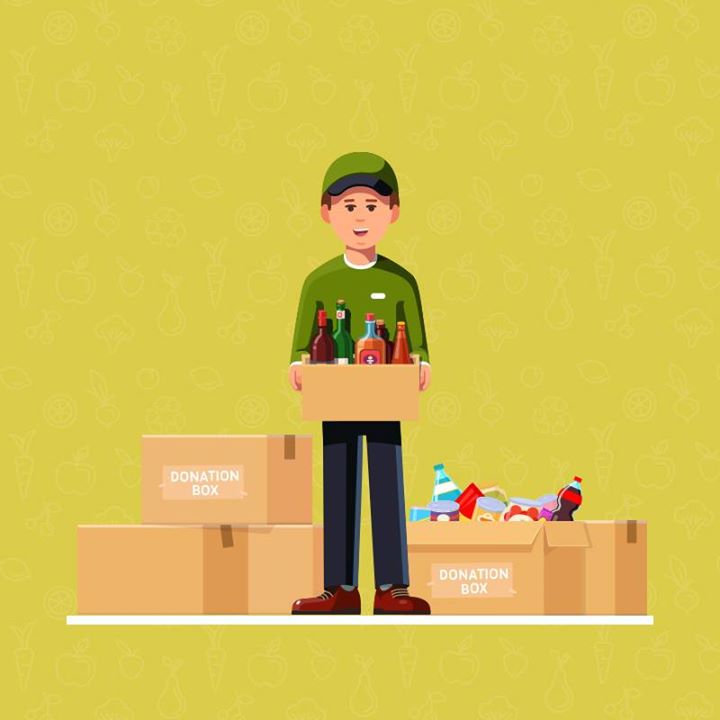
Donate excess food to the needy via organisations such as the Food Bank Singapore , Food from the Heart , Fei Yue Community Services and Willing Hearts .
Also, don’t forget to check out NEA’s Handy Guide to Reducing Food Wastage & Saving Money
What can you do as a business?
Retailers and manufacturers can help too!
1. Offer different portion sizes options and indicate serving sizes

Food retail establishments and supermarkets can help reduce food wastage by offering different portion sizes and indicate serving sizes for consumers. This gives consumers an option to buy and order just the right amount of food for themselves, instead of having to purchase one standard size.
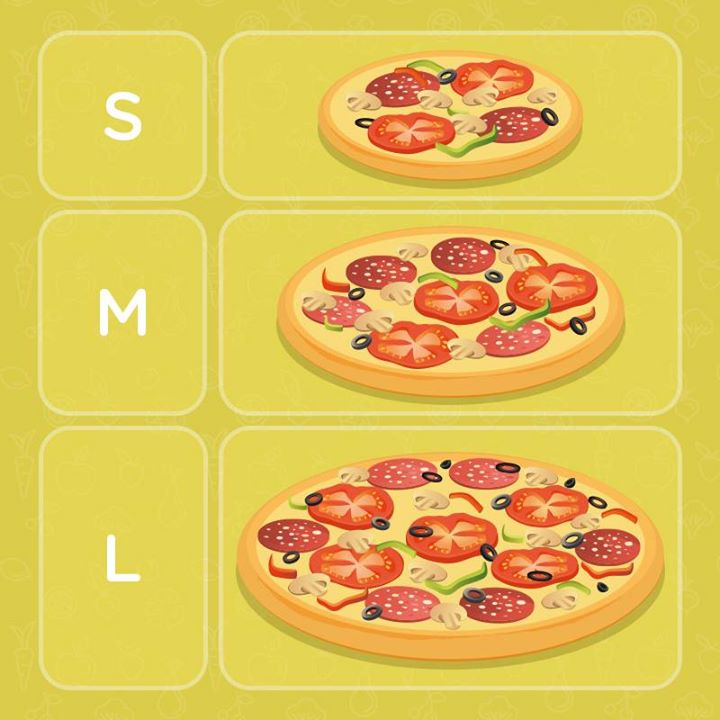
Food manufacturers can also help by packing food into smaller portions to cater to smaller families. This not only helps reduce food wastage due to overbuying, but also allows for preservation of freshness.
Also, don’t forget to check out the food waste minimisation guidebooks for Food Manufacturing Establishments, Food Retail Establishments and Supermarkets at the NEA Food Waste Management webpage .
What are others doing?
-
Food from the Heart started a Clean Plate Campaign in schools to raise awareness of the environmental and societal impact of food waste. Through the campaign, Clean Plate Ambassadors will visit the schools to share with pupils the message of not wasting food and to inculcate habits of mindful eating.
-
SG Food Rescue brings together people who are passionate about reducing food waste in Singapore. Their main priority is food rescue. They redistribute unwanted food to whoever is willing to consume it, not just to the needy.
-
Foodprints @ South West - an initiative by the South West Community Development Council - is a first-in-Singapore labelling programme that aims to recognise schools, hotels, retail establishments and other organisations in the South West District that have taken steps to reduce the amount of food waste generated. Measures include designing food waste reduction posters which will be displayed around their school, and educating canteen food operators on good food management and storage practices.
-
Community fridges have appeared in Queenstown, Yishun and Tampines. Residents are encouraged to donate unwanted food products that are still good for consumption, instead of discarding them.
-
Foodscape Collective is a community of enthusiasts working towards creating sustainable and resilient food systems. Some of their initiatives include facilitating the redistribution of excess and yet-to-expire food and composting of kitchen scraps.
-
treatsure is Singapore’s first mobile reservation platform connecting businesses & hotels with surplus food to everyday consumers. Through their mobile app, treatsure shares and reallocates excess food resources to people who would treasure them, minimising food wastage.
-
Tree Dots aims to reduce the amount of food waste by creating a marketplace to link people with unsold inventory to potential buyers so as to not let them end up in the bin.
-
UglyFood is an F&B social enterprise that fights food waste as a result of cosmetic filtering.
-
Lumitics is an IoT start-up that empowers hotels and large commercial kitchens with data analytics to understand their food waste generation and reduce their food waste, costs and environmental footprint.
-
Just Dabao is a social impact company that fights food waste. Its mobile app allows individuals to purchase surplus food from F&B outlets, thereby redistributing food and reducing food waste.

